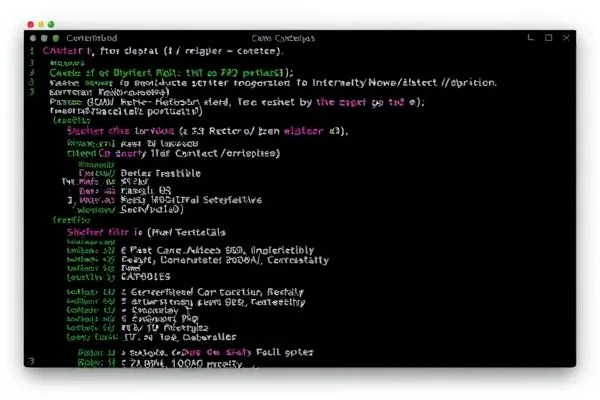In a landscape teeming with cybersecurity threats, vulnerabilities in Industrial Control Systems (ICS) pose substantial risks to organizations. Moxa’s recent security update highlights a critical authentication bypass flaw in their PT switches, warranting a thorough examination of its implications and remediation strategies.
Key Takeaways:
- Understanding the implications of the CVE-2024-12297 vulnerability.
- Evaluating the potential impact on network security and operational integrity.
- Implementing best practices to safeguard systems against similar threats.
The Vulnerability Overview
Moxa, a renowned player in industrial networking, has acknowledged a serious security flaw tracked as CVE-2024-12297. With a CVSS v4 score of 9.2, this authentication bypass vulnerability affects numerous PT switch models. The root cause lies within flaws in the authorization mechanism, where both client-side and back-end server verifications can be manipulated by attackers.
This loophole facilitates potential brute force attacks and MD5 collision exploits, which could lead to unauthorized access to sensitive configurations and disruption of critical services. Specifically, the following devices are impacted:
- PT-508 Series (Firmware version 3.8 and earlier)
- PT-510 Series (Firmware version 3.8 and earlier)
- PT-7528 Series (Firmware version 5.0 and earlier)
- PT-7728 Series (Firmware version 3.9 and earlier)
- PT-7828 Series (Firmware version 4.0 and earlier)
- PT-G503 Series (Firmware version 5.3 and earlier)
- PT-G510 Series (Firmware version 6.5 and earlier)
- PT-G7728 Series (Firmware version 6.5 and earlier)
- PT-G7828 Series (Firmware version 6.5 and earlier)
Response Strategies and Recommendations
Organizations utilizing affected Moxa PT switches are urged to apply the necessary security patches, which can be acquired by contacting Moxa’s Technical Support team. However, proactive measures should also be adopted to minimize exposure during the remediation period. Key strategies include:
- Restricting network access through robust firewalls and access control lists (ACLs).
- Enforcing rigorous network segmentation to limit device exposure.
- Implementing Multi-Factor Authentication (MFA) for access to critical systems.
- Enabling comprehensive event logging to track unauthorized access attempts.
- Monitoring network traffic and device behavior for anomalies.
Additionally, this vulnerability is a reminder of the persistent threats faced by critical infrastructure sectors, necessitating ongoing vigilance and commitment to cybersecurity best practices. Moxa’s quick action on similar vulnerabilities in its Ethernet switch series earlier this year underscores the importance of timely responses to emerging threats.
As organizations strengthen their defenses against evolving cyber threats, learning from such vulnerabilities is crucial for building resilient and secure industrial environments.
In summary, the authentication bypass vulnerability in Moxa’s PT switches serves as a critical alert for all cybersecurity stakeholders. Organizations must promptly address these vulnerabilities while implementing robust security practices to fortify their defenses against similar risks in the future.









